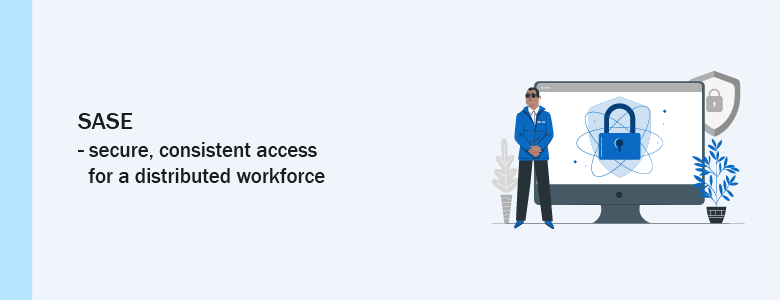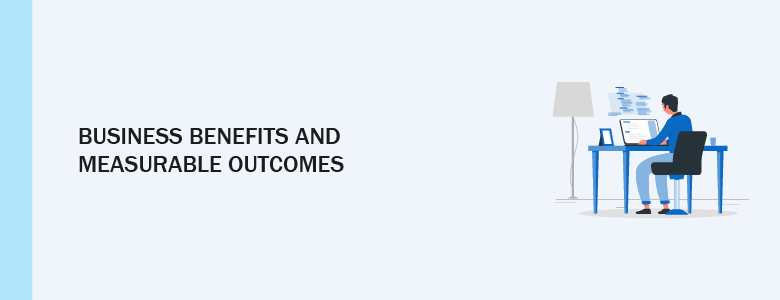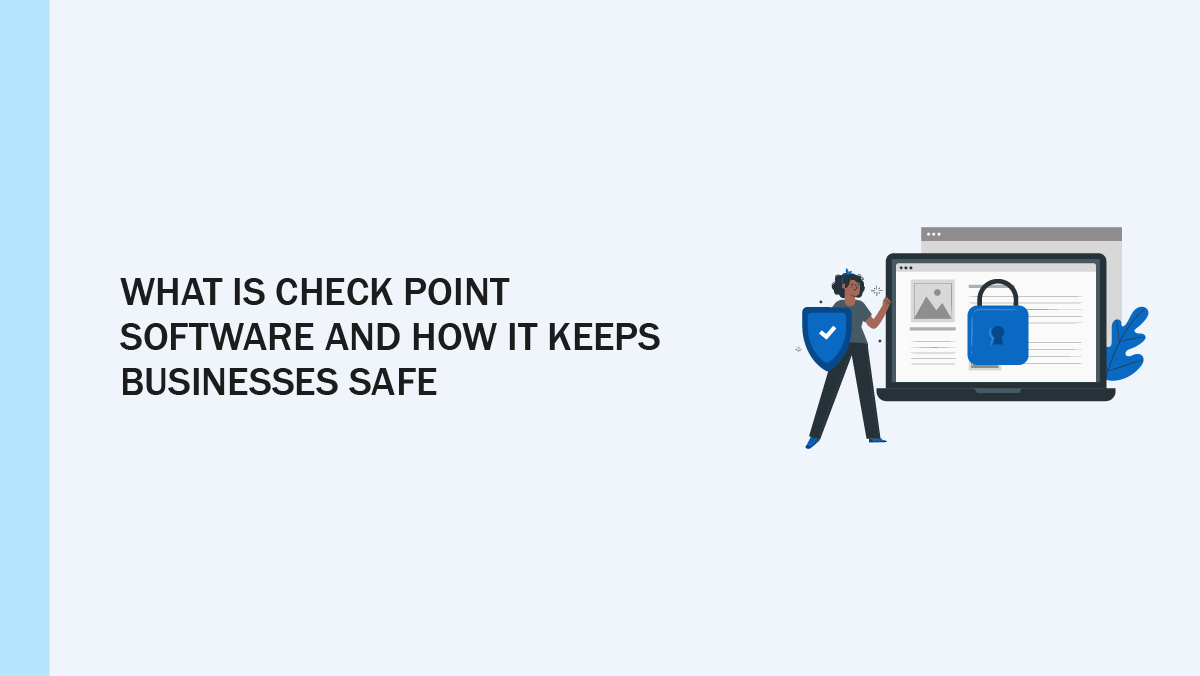What Is Check Point Software? Many organizations rely on Check Point to centralize security controls across networks, cloud workloads, applications, and users. Its strengths are consistent policy management, prevention-focused controls, and flexible deployment options that work on-premises, virtualized, or in the cloud. When applied well, these capabilities deliver tangible benefits in operations, risk reduction, and regulatory readiness.
What Check Point is and why platform design matters

The company has built security solutions for decades and now focuses on components that work together as a platform. Managing interoperable tools from a common console lowers administrative overhead and helps teams understand how events on one layer relate to activity elsewhere. For instance, a combined view can show whether a suspicious email coincides with abnormal access or unusual application traffic.
While Check Point covers a wide set of controls, certain areas often have the most immediate operational impact: protecting inboxes, shielding public applications, and securing user access. We will look at those three areas next, and show how the platform’s capabilities translate into practical business benefits.
Email security – protecting the inbox and stopping compromise

Email remains the primary delivery mechanism for phishing, malware, and credential theft. Check Point’s Harmony Email suite combines multiple detection engines, sandboxing for suspicious attachments, and integration points for mailbox platforms to intercept threats before they reach users. From a deployment perspective, email security can be staged: begin with detection and quarantine, then layer in inline protections as confidence grows.
For decision makers, there are operational metrics to monitor: reduction in phishing click rates, incidents that required account recovery, and mean time to remediate compromised accounts. These measurements help translate technical controls into business impact, such as fewer service disruptions and reduced incident response costs.
WAF – keeping customer-facing applications available and secure

Modern web applications and APIs are frequent targets for attackers seeking sensitive data or aiming to disrupt service. A Web Application Firewall (WAF) inspects incoming HTTP requests and blocks known attack patterns, such as SQL injection or cross-site scripting. Check Point’s CloudGuard WAF can be deployed close to application workloads, leveraging contextual threat intelligence and runtime protections.
Operationally, WAFs are about risk reduction and uptime. Key indicators include blocked attack attempts, reduction in successful exploit attempts, and changes in application latency. A well-configured WAF reduces emergency patching cycles and gives development teams breathing room to address root causes without immediate outages.
SASE – secure, consistent access for a distributed workforce

Secure Access Service Edge, or SASE, brings together networking and security so access controls travel with the user. By applying policies at the edge, SASE reduces the chance that a misconfiguration or weak network link leads to a breach. Check Point’s Harmony SASE integrates secure web gateways, firewalling, and zero trust access concepts to deliver consistent protection regardless of where users connect.
From an operational standpoint, SASE simplifies access governance. Teams can set centrally managed policies for who can access what, see real-time access logs, and reduce the number of exceptions that often create risk. For organizations moving to hybrid work models, SASE helps enforce uniform controls while reducing complex VPN reliance.
Business benefits and measurable outcomes

When the right protections are in place and actively managed, organisations commonly see concrete, practical benefits that affect operations and the bottom line. These protections reduce the chances of successful attacks, limit service interruptions, and give teams better evidence to act quickly and communicate clearly with customers or auditors.
Practical business benefits
- Fewer successful phishing incidents, lowering the risk of account compromise and fraud.
- Reduced downtime for customer-facing applications, keeping services available and protecting revenue.
- Faster incident resolution, because alerts include richer context and shared telemetry.
- Clearer audit trails and evidence packages for compliance and customer communication.
To evaluate business impact, focus on a few practical metrics: incident frequency, mean time to detect, mean time to respond, and post-incident recovery time. While numeric targets vary by industry and size, tracking these metrics over time provides concrete evidence that security investments are delivering value.
Short checklist for assessing impact
- Are phishing-related incidents decreasing month over month?
- Is application downtime from attacks reduced quarter over quarter?
- Are investigation hours per incident trending down?
What to expect from a deployment partner

A reliable partner will not only deliver technology but also help tailor policies, run initial tuning, and provide training so internal teams can use outputs effectively. Typical engagement phases include scoping, pilot deployment, tuning of detections to reduce false positives, knowledge transfer, and operational handover or ongoing managed support. Deliverables often include example alert walkthroughs, dashboard views, and periodic reports summarizing key metrics.
CT Link focuses on these practical aspects when working with Check Point products. CT Link’s services cover planning and scoping, hands-on deployment, configuration for your specific environment, and training so your staff can interpret alerts and reports. For organizations needing continuous coverage, CT Link also offers managed monitoring and scheduled posture reviews to keep detection tuned and reporting meaningful. The objective is to deliver clear outcomes, such as improved detection rates and faster remediation, without burdening internal teams with unnecessary complexity.
Final considerations

Protecting email, web apps, and remote access is not a one-time project. It is an ongoing discipline that combines technology, tuned detections, and operational practice. For many organizations, partnering with an experienced integrator like CT Link accelerates time to value, reduces operational risk, and frees internal teams to focus on business priorities.
Still unsure what is check point software is and how it can help your business? Message us at marketing@ctlink.com.ph to set a consultation with us today!

